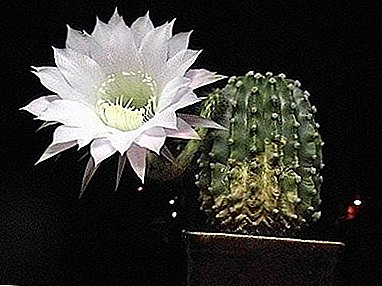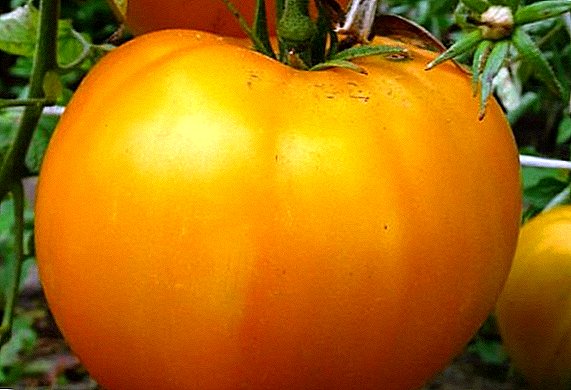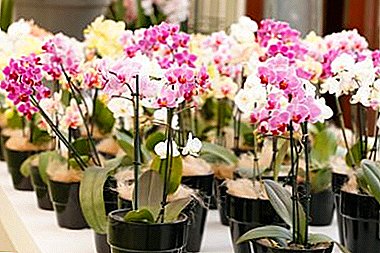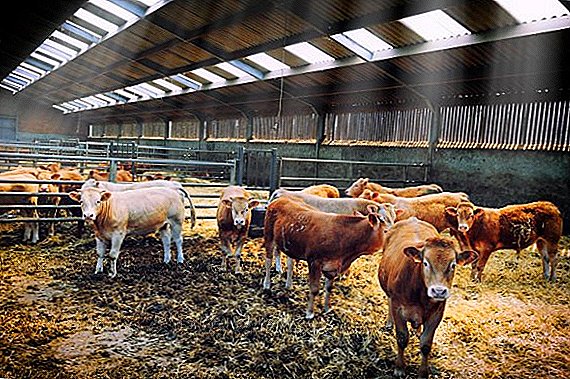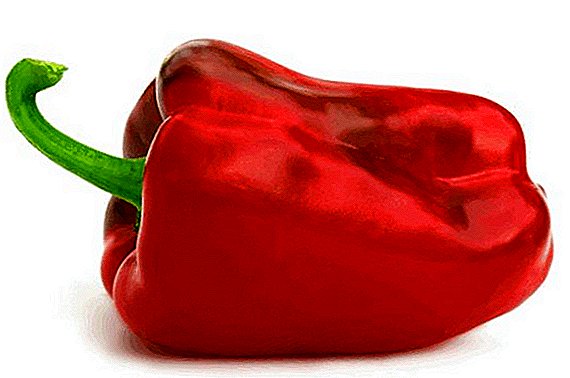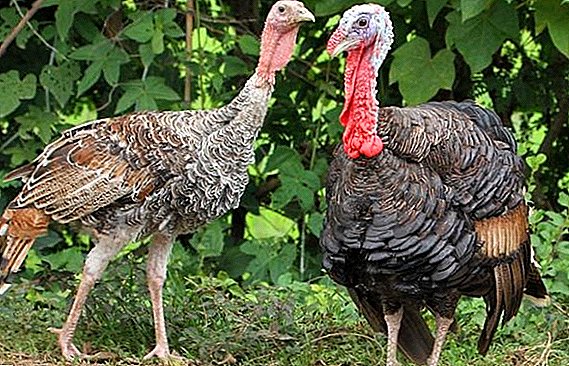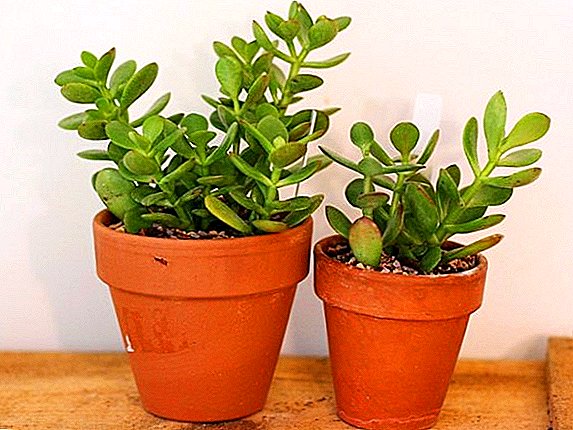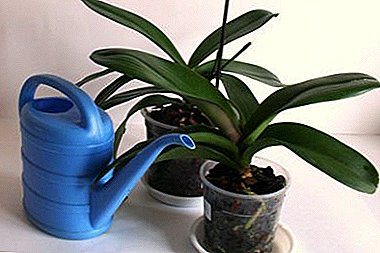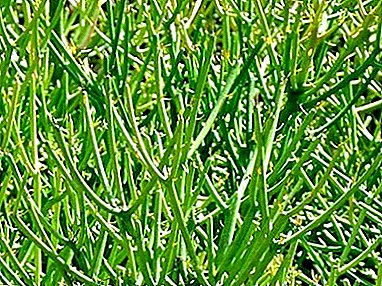
Euphorbia tirukalli plant is interesting and dangerous.
Like all the other euphoria, it happens from Africa and Madagascar.
But now it can be found in the wild in almost all tropical camps, where it was delivered in the 19th century, in the expectation that this plant can be grown for animal feed.
It is so unpretentiousthat can grow on the poorest and unsuitable for farming soils.
In india and in fact they cattle feeddespite the fact that the plant very poisonous, cows eat it without harm to health. In villages and small towns of this euphorbia, high hedges are grown.
This succulent is also called spurge rubber mowing. Rubber was mined from its milky juice. An interesting fact is that at the end of the 20th century in brazil an attempt was made get oil out of itThe author of the idea, chemist Melvin Calvin, calculated that from every acre of barren land planted with euphorbia, up to 50 barrels of oil can be obtained.
Description
 It is a branchy tree succulent growing in the wild. up to 9 meters.
It is a branchy tree succulent growing in the wild. up to 9 meters.
Outwardly very similar to coral.
People call him pencil cactus. If its regularly do not prune, then at home he can grow up to 6 meters.
Stem
The stem is smooth, round, bright green in young and dark gray in old plants.
Leaves
Leaves are linear, green, reach 12 cm in length and 1.5 mm in width. Fall most often in the off season. The leaves remain only on the tops, they do not participate in photosynthesis, this function is performed by the stem. They are only on young plants. On the old leaves is not at all.
Succulent decorative due to fleshy branches and great bushiness. Exists several varieties of this milkweed, including those derived by breeders. The stems of some varieties become reddish in bright light.
Flower and bloom
Blooms small yellow flowers. At home practically does not bloom.
Euphorbia has a huge number of varieties, are very popular: Multifloric, Edged, Cypress, Comb, Mile, Pallas, Trihedral, Belozhilkovy.
A photo
Next you can see the photo of Euphorbia Tirukalli:



Home care
This succulent can grow in a house for many years.
Planting and transplanting after purchase
For Milkweed Tirukalli, home care begins with a post-purchase transplant. The procedure is not earlier than after 10 days. Removed from the transport pot, shake off the roots and placed in a new soil. Pot choose a little more than shipping.
Not prevent good drainage from broken bricks because spurge gets sick from excess moisture. Succulents are subsequently transplanted rarely, only when the roots fill the pot and appear from the drainage hole.
Watering
During the growing season watered after complete drying of the coma.
In the rest period, even less often, approximately once a month.
Air humidity
Good tolerates dry air in the apartment.
Therefore, it is sprayed rarely, only for hygienic purposes.
Temperature conditions
Succulent loves heat, especially in summer, so the temperature will be optimal for him. 21-25 degrees.
Light mode
Spurge is unpretentious and easily adapts to any conditions. But it feels best on the south windowsill. Under very low light conditions, it is drawn out and loses its decorative effect.
Priming
 The best soil composition for milkweed: leaf and garden soil, coarse sand in equal proportions.
The best soil composition for milkweed: leaf and garden soil, coarse sand in equal proportions.
Top dressing
Top dressing brought only in springin the period of active growth.
Used standard fertilizers for cacti.
Pruning
Euphorbia grows very quickly, so its need to regularly cut, so as not to face the problem of accommodation in the apartment.
Breeding
For euphorbia tirukalli, breeding at home is done only cuttings:
- cut off the terminal cuttings with a knife or very sharp scissors;
- immerse them in slightly warmed water to drain the full milky juice;
- keep about a day in the air;
- it is possible to process a cut phytohormone;
- soil is prepared: peat is poured into a bowl, well-washed coarse sand is laid out on top;
- the stalk is planted so that its end is in peat;
- watered and placed in a warm, fairly bright place;
- 2-3 entrenched young plants are planted in one container so that the bush is more magnificent.
You can not put the stalk in the water, but just leave it for 2-3 days on air. Planting cuttings, it is better to cover them with a can to rooting.
In the wild and seldom in room conditions it can multiply by a stalk, which, hanging down, reaches the soil, and, touching the ground, can give rise to roots.
Rest period
 For winter, spurge is best placed in cool roomwhere the temperature does not rise above 15 degreesbut not drops below 12a different plant will die.
For winter, spurge is best placed in cool roomwhere the temperature does not rise above 15 degreesbut not drops below 12a different plant will die.
In principle, this succulent grows in the tropics, where there is no apparent change of seasons, so at home it stops growing due to external reasons: low light, increased dryness of air in apartments in autumn and winter.
Diseases and pests
Diseases:
- root decay: derived from overmoistening of the soil; need to transplant the plant in another pot, removing the affected roots;
- brown stalks: the stems change color and become soft when supercooling, in this case the plant cannot be saved;
- leaves turn yellow: excess of sunlight, the plant should be pritenyat.
Pests:
- mealybug: white fluff is removed with a soft cloth soaked in alcohol;
- spider mite: succulents are treated with chemicals.
Euphorbia tirukkali - the most poisonous house planttherefore, when carrying out any work to take care of him, gloves should be worn, if the juice is still on the skin, then this place should be thoroughly rinsed with running water.
It is better to keep the plant where children and animals cannot reach it. Succulent is more suitable for greenhouses and office space.


